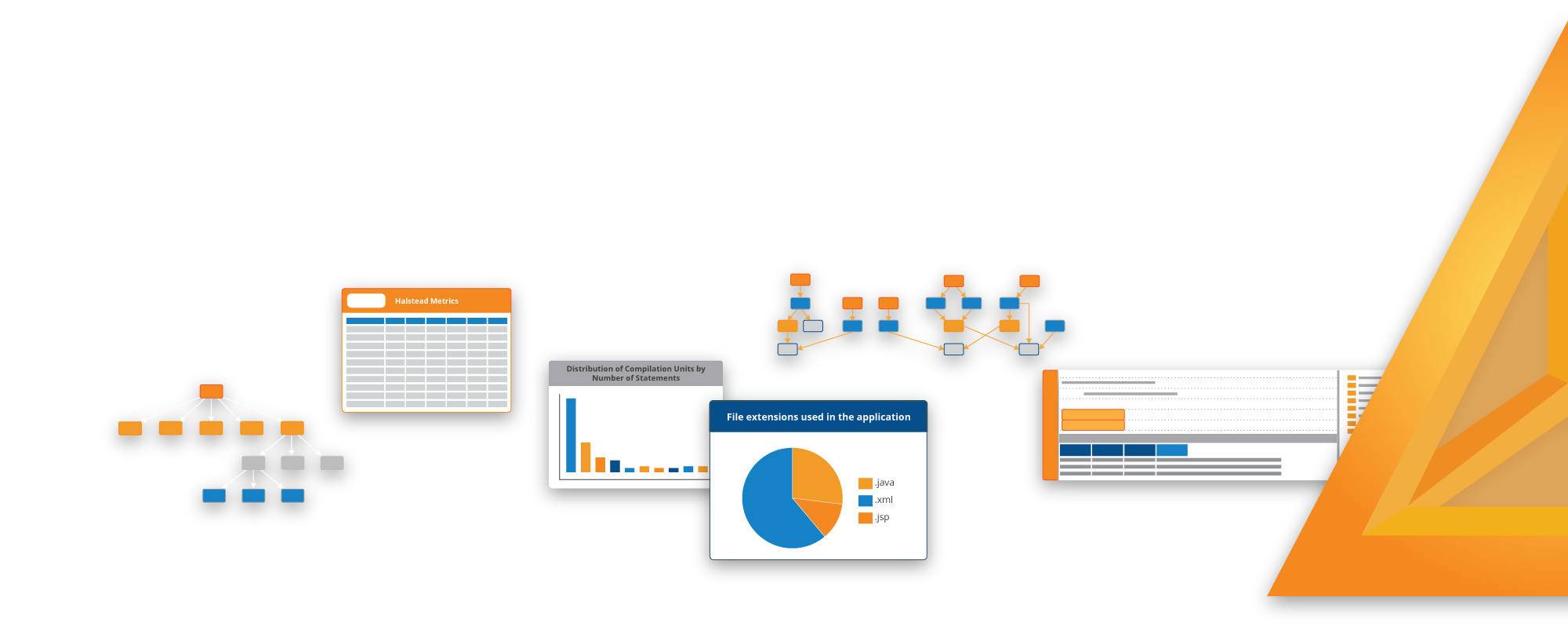 KNOWLEDGE REFINERY®
KNOWLEDGE REFINERY®
The Data Consolidator is a unique solution that provides—for the first time—a comprehensive set of characteristics of your business data. Get the power of full data control: complete understanding of data accuracy, data integrity and data prioritization.
Identify all duplications and overlaps for quick and efficient reduction of data tables to a rational and well-organized schema with proper keys and relationships. See your use of data characteristics in databases as well as data characteristics that reside in the applications, ensuring both data-at-rest and data-in-motion characteristics are incorporated into your business data architecture.

Get Full Control of Your Business Data
With KR Data Consolidator, reveal the knowledge within your digitized operations to clearly define the relevant data and associated logic that you need for your data transformation challenges.
Unlike current approaches which focus on the data as it is stored (e.g. warehouses, lakes, etc.), our data consolidator uniquely extracts both intrinsic (data as it is stored) and extrinsic (data as it is shaped) characteristics, delivering for the first time a comprehensive view of your business data.
Data at Rest Qualities
A set of attributes and relationships that describe the data of an application without regard to how it is used or manipulated. Attributes include size, type, format, referential integrity, indexes and customer value.
Data in Motion Qualities
A set of attributes and relationships that describe how data is validated, created, modified or consumed. It includes the knowledge about the application components involved and the user interfaces utilized.
Results
- Gain transparency and understanding of Data Feeds which move business data between applications, revealing:
- Data dependency and flow
- Data accuracy, priority, and integrity
- Obtain access to knowledge required to transform Data Storage Architecture and help consolidate Data Feeds to reduce Data Flow complexities.
- Eliminate the daunting task of managing, migrating, and integrating both legacy and current data.
- Maintain traceable data accuracy, data priority, and data integrity.
- Continuously update data dictionaries.
- Achieve an extensible data architecture, ensuring significantly-improved oversight of the introduction of new business data and its integration into existing data architecture with accurate planning and execution.

